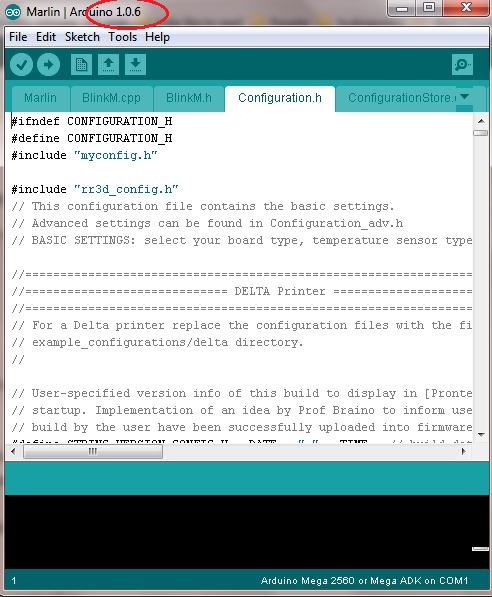
Therefore C defines two different floating-point types: float and double. For instance: void show_division(int n, int d)Īll of the above types are integrals, so they do not support any fractional value.

You can get the remainder of the division using the modulus operation %. If the operands are both integer types, the result will also be an integer. ((int32_t)42) // Force 32 as a signed 32-bit integer (long)Ĥ2L // The 'L' suffix does the same as aboveĪ common cause of problems when programming in C is the division operator /. ((char)65) // Making the ASCII letter 'A'
Arduino print f how to#
For this reason, it is useful to know how to specify a literal exactly with the type: ((uint8_t)200) // Casting 200 to an unsigned 8-bit integer In C, the compiler picks a default which is usually larger than you would like.

Oftentimes, the compiler can not see what type a literal value is supposed to be. In order to be compatible with other architectures, use int32_t etc. Note: Different architectures use different numbers of bits for these types. The reason is that most Arduino MCUs use 8-bit registers, so 64-bit operations such as "add", "sub", etc. There is also usually support for 64-bit numbers, but we try not to use them in Arduino code. On Ardiuno Uno, an int is a group of 16 bits: uint16_t c // Values from 0 to 2^16-1 = 65535, synonym: unsigned int (Arduino) In C, the type used is either uint8_t x // Values from 0 to 255.Ĭhar x // Values from the ASCII character set (still -128 to 127) Integral TypesĪ byte is a group of 8 bits. A bit obviously lack in both range and precision, so we combine multiple bits in order to improve.

In languages such as C or C++ there is a distinction between integer types and floating-point types.


 0 kommentar(er)
0 kommentar(er)
